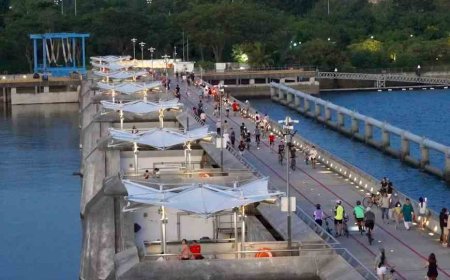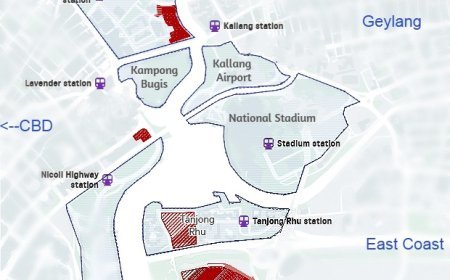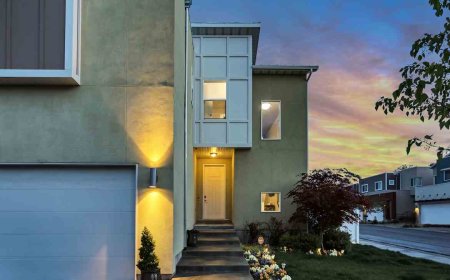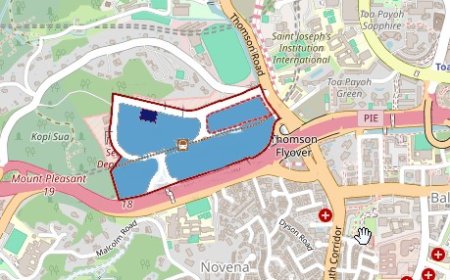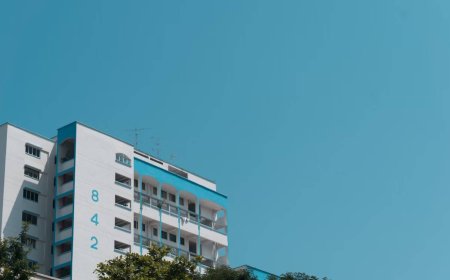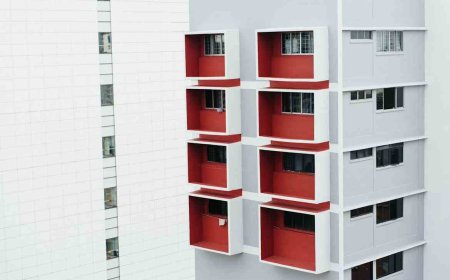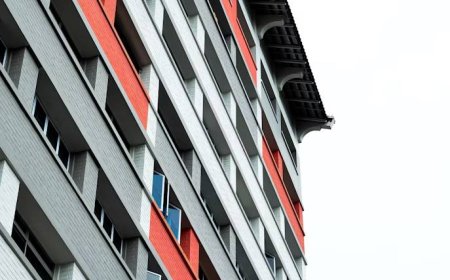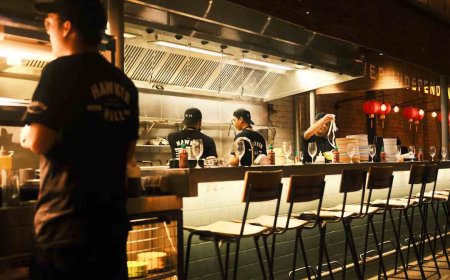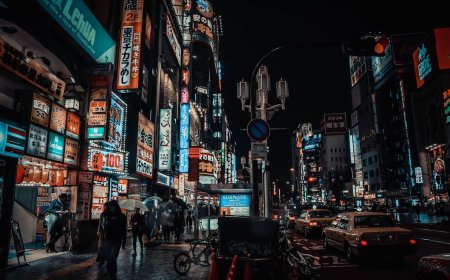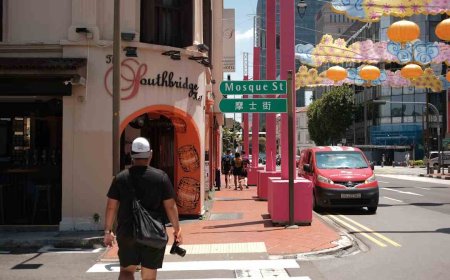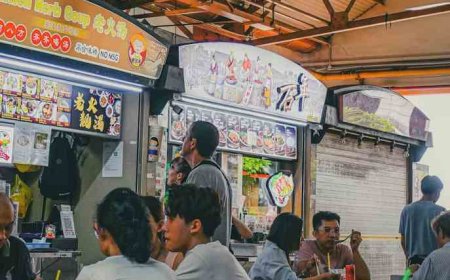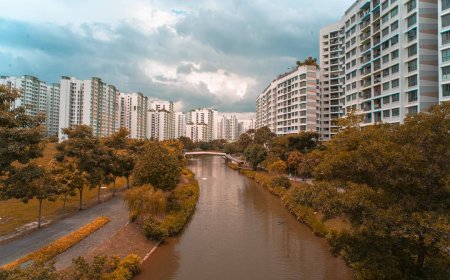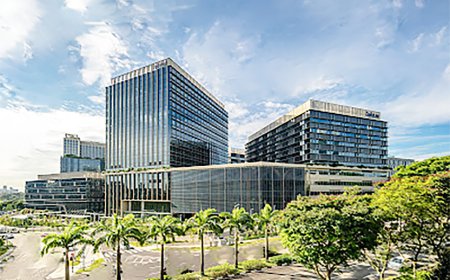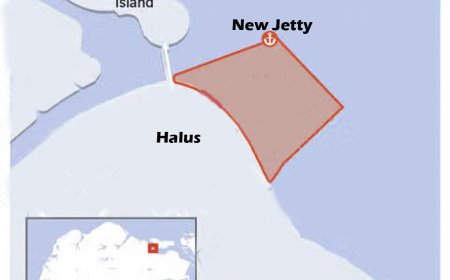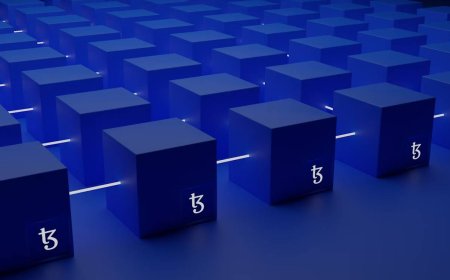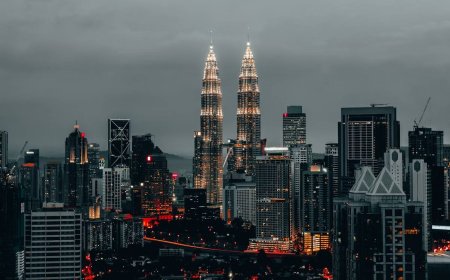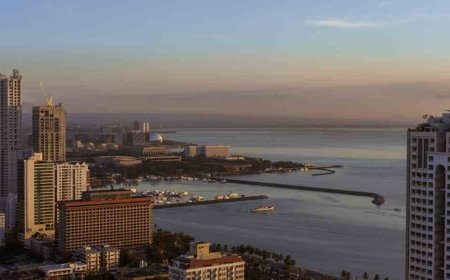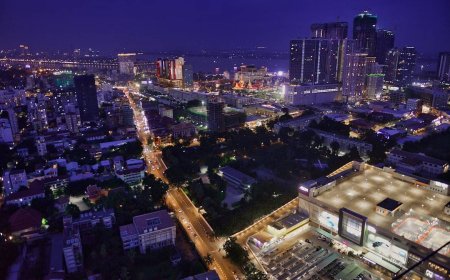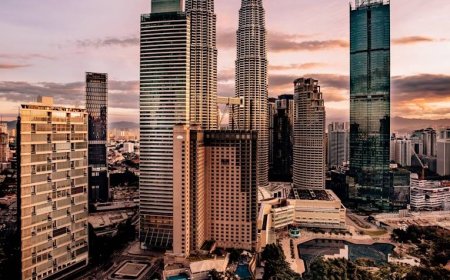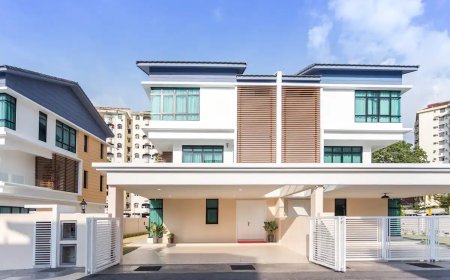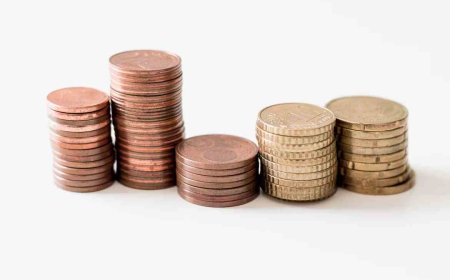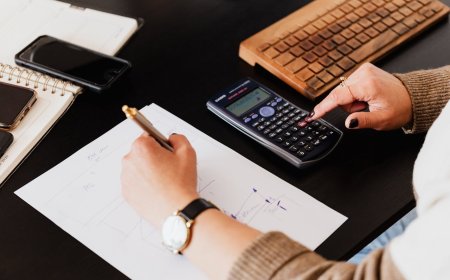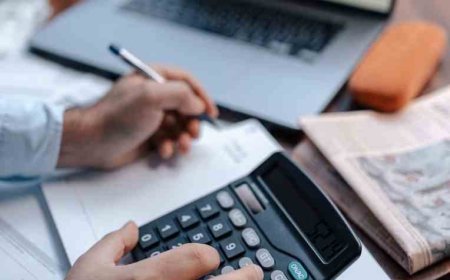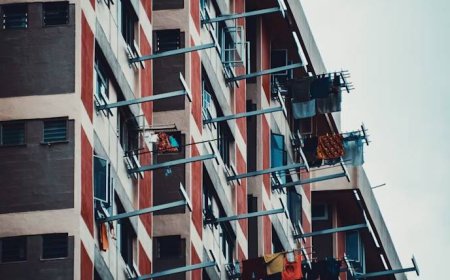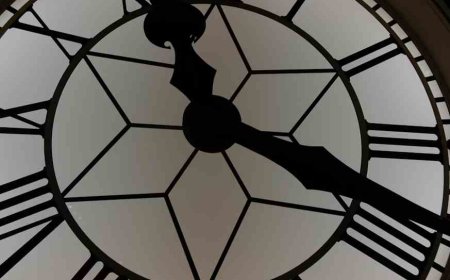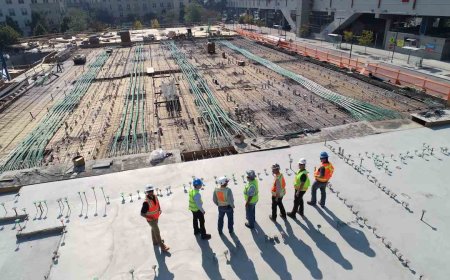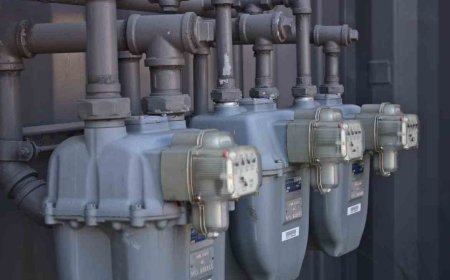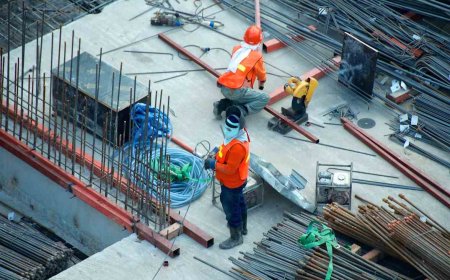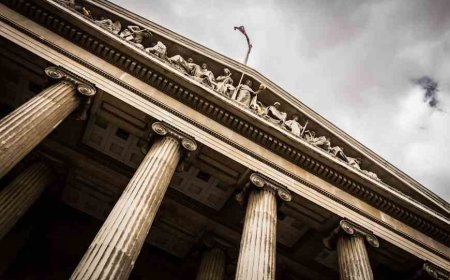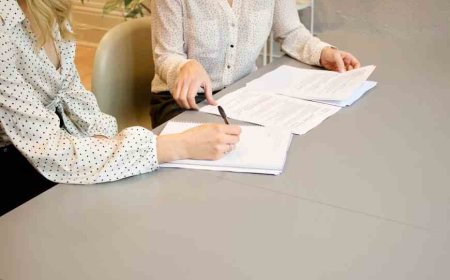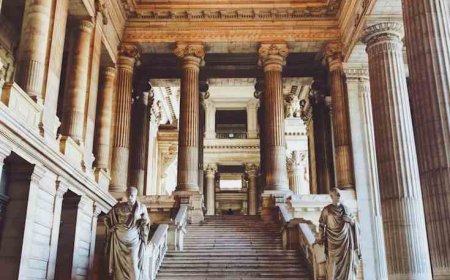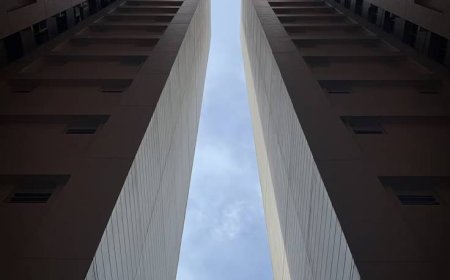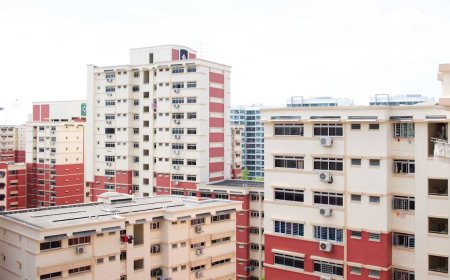Sell One Property, Buy Two Properties in Singapore: Step-by-Step Guide
Sell-1, Buy-2” in Singapore. I’ll walk you through the strategies, the exact steps, the money math (BSD/ABSD, LTV/TDSR/MSR), and the CPF rules that can trip people up.
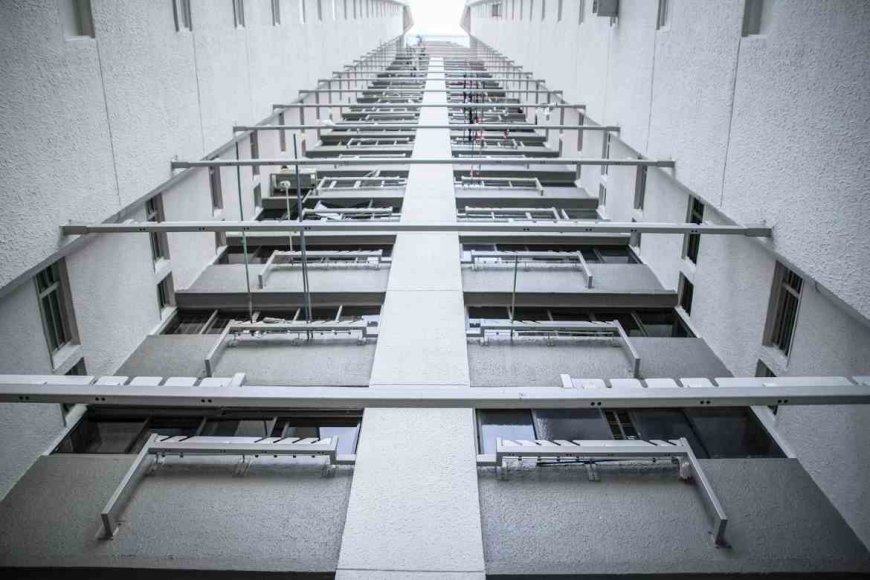
Buying two properties after selling one is a common wealth strategy in Singapore, but it requires careful planning to avoid high taxes, financing issues, and CPF restrictions. Below is a clear breakdown of the rules, financial considerations, and execution steps.
Key Strategies
Strategy A – Sell First, Then Buy Two (ABSD Neutral)
This is the most tax-efficient way to move from owning one property to owning two. By completing or securing the sale of your existing home before buying new properties, you reset your property count to zero. When each spouse purchases a property in their sole name, both count as first-time buyers and therefore avoid paying Additional Buyer’s Stamp Duty (ABSD).
Step-by-Step Process
Step 1: Prepare to Sell Your Current Property
- Engage a property agent or lawyer to assist with marketing and compliance.
- For HDB owners, file the required “Intent to Sell” online before granting an Option to Purchase (OTP) to a buyer.
- For private property owners, ensure you are not restricted by Seller’s Stamp Duty (SSD). If you are within the 4-year SSD period, selling may incur additional taxes.
Step 2: Secure a Buyer and Exercise the Sale Agreement
- Issue an OTP to the buyer once you receive an acceptable offer.
- Once the buyer exercises the OTP, the sale is legally binding.
- At this stage, you are considered to have effectively sold your property, even if completion is a few months away.
Step 3: Plan the Purchases of Two New Properties
- Decide ownership structure: typically, one property is purchased under Spouse A’s sole name and the other under Spouse B’s sole name.
- Confirm budget and financing by securing In-Principle Approval (IPA) from banks for both buyers separately.
- Review CPF usage: all CPF used for the sold property plus accrued interest will be refunded to your CPF OA upon completion of the sale. These funds can then be used for downpayments.
Step 4: Exercise OTP for Property #1
- Once the sale agreement for your old property is binding, you may proceed to buy the first property.
- Pay the Option Fee (typically 1% of the purchase price).
- When exercising the OTP, pay the Exercise Fee (commonly 4–9%, depending on negotiation).
- Pay Buyer’s Stamp Duty (BSD) within 14 days of signing. Since this is treated as the buyer’s first property, no ABSD applies.
Step 5: Time the Completion of the Sale and First Purchase
- Align the completion date of the sale with the purchase date of the first property. This ensures that CPF refunds and sales proceeds are available in time.
- If there is a short gap, you may need a bridging loan to cover the interim downpayment.
Step 6: Proceed with the Purchase of Property #2
- Once CPF funds from the sale are refunded into your CPF OA, you can use them for the second property.
- Repeat the purchase steps: pay the Option Fee, exercise the OTP, and pay BSD within 14 days.
- Again, no ABSD is charged because the spouse buying this property does not own any property at the point of purchase.
Step 7: Complete Both Transactions
- Finalize the sale completion of your original property.
- Proceed with the completion of both new property purchases. Each spouse now owns one property in their sole name.
Key Benefits of Strategy A
- No ABSD Payable – Each spouse buys their property as a first-time buyer.
- Higher LTV Eligibility – Since neither owns another property, both can borrow up to 75% (subject to income, TDSR, and tenure rules).
- Optimized CPF Usage – Both CPF refunds and OA balances can be redeployed efficiently.
- Lower Cash Outlay – Avoiding ABSD reduces upfront cash requirements significantly.
Strategy B – Buy First, Then Sell (ABSD Refund Route for Married SC Couples)
This method is useful when you cannot align the sale of your current property with the purchase of your new home. A married couple with at least one Singapore Citizen (SC) can buy a replacement property first, pay ABSD upfront, and later apply for a refund once the existing property is sold.
Step-by-Step Process
Step 1: Confirm Eligibility for ABSD Refund
- At least one spouse must be a Singapore Citizen.
- The purchase must be made under both spouses’ names jointly.
- The existing property must be sold within the required timeframe (6 months of completion, or 6 months from TOP/CSC for uncompleted projects).
Step 2: Purchase the Replacement Property
- Identify and secure your new property.
- Pay the Option Fee (commonly 1% of the purchase price).
- Upon exercising the OTP, pay the Exercise Fee (commonly 4–9% depending on negotiation).
- Pay Buyer’s Stamp Duty (BSD) and Additional Buyer’s Stamp Duty (ABSD) within 14 days of exercising the OTP.
- ABSD is charged based on the fact that the couple already owns an existing property.
Step 3: Complete the Purchase of the Replacement Home
- Arrange financing: the bank loan is typically restricted to 45% Loan-to-Value (since an existing loan is counted until the old property is sold).
- If needed, use CPF Ordinary Account (OA) savings for downpayment and stamp duties.
- Completion takes place, and the couple officially owns the new property while still holding the old one.
Step 4: Sell the Existing Property
- Put the current property on the market immediately after securing the replacement home.
- Complete the sale within 6 months of the new property’s completion date (or 6 months from TOP/CSC for uncompleted projects).
- On sale, all CPF monies used for the old property plus accrued interest are refunded to the CPF OA.
Step 5: Apply for ABSD Refund
- After completing the sale, submit an application to the tax authority for the ABSD refund.
- The refund must be applied for within 6 months after the sale of the old property.
- Provide supporting documents such as marriage certificate, Sale & Purchase Agreements, and completion statements.
Key Benefits of Strategy B
- Flexibility in Timing – Allows purchase of a new home before selling the old one, useful if the right property becomes available.
- Eligibility for Refund – ABSD paid upfront is fully refunded if all conditions are met.
- Continuous Housing – Avoids temporary displacement or renting between sale and purchase.
Key Risks to Watch Out For
- Large Cash Outlay – You must have enough liquidity to pay ABSD upfront, which can be substantial.
- Tight Timeline – If the old property is not sold within 6 months, the ABSD refund is forfeited.
- Loan Restriction – With two properties under your name, the second loan may face stricter Loan-to-Value limits until the sale is completed.
Strategy C – Decoupling (for Private Properties Only)
Decoupling is a legal restructuring of property ownership that allows a couple to free up one name for the purchase of another property without triggering Additional Buyer’s Stamp Duty (ABSD). It is only applicable for private properties and Executive Condominiums (after the Minimum Occupation Period). HDB flats generally do not allow decoupling except under special circumstances such as divorce or death.
Step-by-Step Process
Step 1: Assess Suitability for Decoupling
- Confirm that the property is a private condominium, landed property, or Executive Condominium (after MOP).
- Ensure that both owners are financially able to proceed, as the remaining owner must take over the other’s share (including the outstanding loan portion).
- Work with a property lawyer to calculate stamp duties, legal costs, and the affordability of refinancing the loan.
Step 2: Valuation of the Property
- Engage a licensed valuer (usually arranged by the bank) to determine the market value of the property.
- The value of the share being transferred is based on this professional valuation, and it forms the basis for Buyer’s Stamp Duty (BSD).
Step 3: Sale of Share Between Co-Owners
- One spouse (Seller) sells their share of the property to the other spouse (Buyer).
- A Sale & Purchase Agreement is drawn up to formalize the transfer.
- BSD is payable by the buying spouse on the value of the share being transferred.
- If the buyer already owns another property, ABSD may also apply on the share being acquired.
Step 4: Loan Restructuring and CPF Settlement
- The spouse taking over the property must refinance or adjust the existing mortgage to cover the full loan under their sole name.
- The seller’s CPF used for the property, along with accrued interest, must be refunded to their CPF Ordinary Account (OA) upon transfer.
- These refunded CPF funds can later be used to purchase another property.
Step 5: Completion of Transfer
- Legal completion usually takes about 8–12 weeks.
- After completion, one spouse becomes the sole owner of the property, while the other spouse’s name is completely free of property ownership.
Step 6: Purchase of Second Property
- The spouse who sold their share is now considered not to own any property.
- They may purchase a new property in their sole name and be treated as a first-time buyer.
- This allows them to avoid ABSD that would otherwise apply to a “second property.”
Key Benefits of Decoupling
- ABSD Savings – Allows one spouse to buy another property as a first-time buyer.
- Wealth Planning – Enables couples to hold two properties under separate names without incurring higher tax penalties.
- Flexibility in CPF Usage – The CPF refund from the seller can be reused for the new property purchase.
Important Considerations
- Not for HDB – Decoupling is not allowed for HDB flats except under special legal grounds such as divorce or death.
- Stamp Duties Apply – BSD is always payable, and ABSD may apply if the buying spouse already owns another property.
- Financing Burden – The spouse taking over must qualify for the new loan under their sole income, subject to the Total Debt Servicing Ratio (TDSR).
- Legal and Valuation Fees – Additional costs must be factored in for conveyancing and valuation services.
Major Financial Rules
1) Stamp Duties
- Buyer’s Stamp Duty (BSD): Payable on all purchases. Residential rates (as of 2023):
- 1% on the first $180,000
- 2% on the next $180,000
- 3% on the next $640,000
- 4% on the next $500,000
- 5% on the next $1.5 million
- 6% above $3 million
- Additional Buyer’s Stamp Duty (ABSD):
- Singapore Citizen (SC): 0% on first property, 20% on second, 30% on third and above.
- Singapore Permanent Resident (SPR): 5% on first, 30% on second, 35% on third and above.
- Foreigners: 60% on any residential property.
- Entities: 65%.
- ABSD Refund: A married couple with at least one SC is eligible for a refund of ABSD paid on a replacement property if the previous property is sold within 6 months.
- Seller’s Stamp Duty (SSD): Applies if you sell a property within 4 years of purchase. Rates:
- 20% if sold within 1 year
- 15% if sold between 1–2 years
- 10% if sold between 2–3 years
- 5% if sold between 3–4 years
- 0% after 4 years
2) Loan Rules
- Loan-to-Value (LTV) Limits (Bank Loan):
- First housing loan: Up to 75%
- With one existing loan: Up to 45%
- With two or more loans: Up to 35%
- If loan tenure exceeds 30 years or runs past age 65, the limit is reduced (55%, 25%, 15% respectively).
- Cash Downpayment: Minimum 5% for first loan, 25% cash required if already holding a loan.
- HDB Loan: Up to 80% financing (subject to eligibility).
- TDSR (Total Debt Servicing Ratio): Monthly debt obligations cannot exceed 55% of gross monthly income.
- MSR (Mortgage Servicing Ratio): For HDB flats and Executive Condos, monthly housing loan repayments cannot exceed 30% of gross monthly income.
3) CPF Rules
- On sale, all CPF monies used for the property, plus accrued interest, must be refunded to the CPF Ordinary Account (OA).
- The refunded CPF can be reused for new property purchases.
- For a second property purchase, you must set aside the Basic Retirement Sum (BRS) in CPF before using excess OA funds.
- CPF usage is also subject to property lease and Valuation/Withdrawal Limits.
Step-by-Step Process
Phase 1 – Preparation
- Assess Ownership Profiles: Decide who will own which property to optimize ABSD and LTV outcomes. Partial ownership counts as full ownership for ABSD.
- Check Finances: Review income, outstanding loans, and debts to confirm TDSR/MSR compliance.
- Review CPF Position: Log into CPF to check OA balances, amount to be refunded from sale, and whether BRS is met.
- Check SSD & MOP: Confirm if the current property is past the SSD period, and for HDB, ensure the Minimum Occupation Period (MOP) is satisfied.
- Obtain Financing Approvals: Get In-Principle Approval (IPA) from banks. Consider bridging loans if sale proceeds are not available in time.
Phase 2 – Execution
Strategy A: Sell First
- List and secure a buyer for your current property.
- Once the Sale & Purchase Agreement is signed, proceed with buying Property #1.
- After sale completion, CPF refunds and sale proceeds are available for Property #2.
- Pay BSD (and ABSD if applicable) within 14 days of signing OTP.
- Complete both purchases.
Strategy B: Buy First (ABSD Refund Route)
- Buy the new property and pay BSD + ABSD upfront.
- Sell the old property within 6 months of completion (or TOP/CSC if uncompleted).
- Apply for ABSD refund within 6 months of selling the old property.
Strategy C: Decoupling (Private Property Only)
- Transfer one owner’s share of the current property to the other.
- Each spouse now counts as owning one property.
- Proceed with buying another property without ABSD as a second property.
Phase 3 – Deadlines & Payments
- Option Fee: Typically 1% of purchase price.
- Exercise Fee: Often 4% upon exercising OTP.
- Stamp Duties: BSD and ABSD payable within 14 days of signing in Singapore.
- Completion: Usually 8–12 weeks after exercise for private resale; fixed HDB timelines apply.
Example Scenario
- Married Singaporean couple selling a condo (held more than 4 years, no SSD).
- Proceeds used for two new private condos, each under one spouse’s sole name.
Property #1: $1,000,000
- BSD = $24,600
- ABSD = 0% (first property for that spouse)
- Loan: Up to 75% financing
Property #2: $1,200,000
- BSD = $32,600
- ABSD = 0% (first property for other spouse)
- Loan: Up to 75% financing
If they had bought before selling, ABSD of 20% ($240,000) would be payable upfront on the second purchase, but refundable if they sold the original property within 6 months.
Scenario 1: Standard Decoupling with No ABSD Impact
Background:
- Mr. and Mrs. Tan co-own a private condominium worth $1.6M.
- Outstanding loan: $600,000.
- Both names are on the title deed.
Process:
- Mrs. Tan sells her 50% share ($800,000) to Mr. Tan.
- Mr. Tan refinances the full loan into his sole name.
- Mrs. Tan’s CPF used for the property (say $200,000) plus accrued interest is refunded into her CPF OA.
Costs:
- BSD on $800,000 = about $19,600.
- Legal + valuation fees = around $5,000–$6,000.
Result:
- Mr. Tan becomes sole owner of the $1.6M condo.
- Mrs. Tan has no property under her name.
- She is now free to buy another property without ABSD.
Scenario 2: Decoupling with ABSD Triggered on the Transfer
Background:
- Mr. and Mrs. Lee co-own a condominium worth $2M.
- They also co-own another investment unit jointly purchased earlier.
Process:
- Mr. Lee buys over Mrs. Lee’s 50% share ($1M) in the first condo.
- Because Mr. Lee already owns another property, ABSD is triggered on the $1M transfer.
- BSD also applies on the $1M purchase.
Costs:
- BSD on $1M = $24,600.
- ABSD on $1M (since it counts as a second property) = 20% = $200,000.
Result:
- Decoupling becomes very expensive and defeats the purpose.
- This shows that decoupling works best only when the spouse taking over is not exposed to ABSD.
Scenario 3: Using Decoupling for Investment Property Purchase
Background:
- Mr. and Mrs. Wong co-own an Executive Condominium (EC) worth $1.2M, past the 5-year MOP.
- They want to buy a second private condo as investment.
Process:
- Mr. Wong buys over Mrs. Wong’s 50% share ($600,000).
- BSD applies on $600,000.
- Mrs. Wong’s CPF ($150,000 + interest) is refunded into her CPF OA.
- Mrs. Wong then uses her CPF and a bank loan to buy a new $1M investment condo under her sole name.
Costs:
- BSD on $600,000 = $12,600.
- Legal + valuation fees ≈ $5,000.
Result:
- Mr. Wong becomes sole owner of the EC.
- Mrs. Wong buys a new $1M condo without ABSD as it is treated as her first property.
- Couple now holds two properties under separate names with no ABSD paid on the new purchase.
Common Pitfalls
- Forgetting that even 1% ownership counts as a full property for ABSD.
- Missing stamp duty deadlines (14 days from signing).
- Selling within SSD period and incurring up to 20% in penalties.
- Overstretching loans, triggering TDSR breaches or reduced LTV limits.
- Mismanaging CPF refunds, which are only available after sale completion.
- Overlooking HDB rules (MOP, Intent to Sell, or HFE/HLE requirements).
Frequently Asked Questions
1. Can I buy two properties in Singapore immediately after selling one?
Yes, you can, but the sequence matters. If you sell first, then buy, you may avoid ABSD. If you buy before selling, you might need to pay ABSD upfront and claim a refund later (only possible for married couples with at least one Singapore Citizen).
2. Do I need to pay ABSD when buying two properties?
Not necessarily. If each spouse buys one property after the first home is sold, no ABSD applies. However, if you still own a property when buying another, ABSD will be charged based on your residency status and property count.
3. How much ABSD do Singapore Citizens pay?
- 0% on the first property
- 20% on the second property
- 30% on the third and subsequent properties
4. Can foreigners buy two properties in Singapore?
Foreigners can buy, but they must pay 60% ABSD on any residential property. They also cannot buy HDB flats, DBSS flats, or Executive Condominiums (ECs) directly from developers.
5. What is the Buyer’s Stamp Duty (BSD) when buying two properties?
BSD applies to all property purchases, regardless of ownership count. It is tiered from 1% up to 6%, depending on the property value. Both properties will attract BSD separately.
6. Can I get a bank loan for both properties?
Yes, but your Loan-to-Value (LTV) ratio drops if you already have a housing loan. First loan allows up to 75% financing, while the second loan drops to 45% or less.
7. How does TDSR affect buying two properties?
The Total Debt Servicing Ratio (TDSR) caps your monthly debt repayments at 55% of gross monthly income. This includes both housing loans, car loans, personal loans, and credit card obligations.
8. Can I use CPF for both purchases?
Yes, you can use CPF OA for both purchases. However, for a second property, you must first set aside the Basic Retirement Sum (BRS) in your CPF before using the balance.
9. What happens to my CPF when I sell my first property?
All CPF used for the property, plus accrued interest, must be refunded back into your CPF OA. These funds can then be reused for your new property purchases.
10. What if I buy before selling my property?
You will likely need to pay ABSD upfront. If you qualify (e.g., SC married couple), you may claim a refund once you sell your first property within the required 6-month timeframe.
11. How long do I have to sell my property to qualify for ABSD refund?
You must sell your first property within 6 months of buying the second property if it is completed. For uncompleted properties, it must be sold within 6 months of Temporary Occupation Permit (TOP) or Certificate of Statutory Completion (CSC).
12. Can I use bridging loans?
Yes, bridging loans are available from banks to cover the short gap between selling your old property and buying the new ones, especially when CPF refunds or sales proceeds are not yet received.
13. Do I need to pay Seller’s Stamp Duty (SSD)?
You will need to pay SSD if you sell a property within 4 years of purchase. The rates range from 20% (if sold within 1 year) down to 5% (if sold in the 4th year).
14. Can HDB owners buy two private properties after selling?
Yes, but only after meeting the Minimum Occupation Period (MOP), usually 5 years. After selling the HDB flat, both spouses may buy private properties individually.
15. Is decoupling possible for HDB flats?
No, HDB does not allow decoupling solely to avoid ABSD. Decoupling is only possible for private properties and Executive Condominiums after the MOP period.
16. Can I buy one HDB and one private property at the same time?
Not directly. If you already own an HDB, you must meet MOP before buying a private property. If you buy a private property first, you cannot later purchase a subsidised HDB flat.
17. Do I need to pay stamp duties immediately?
Yes, BSD and ABSD (if applicable) must be paid within 14 days of signing the OTP in Singapore. If signed overseas, payment is due within 30 days of receiving the document.
18. How do I plan ownership between spouses?
The most common approach is for each spouse to buy one property individually. This allows both to count the purchase as their first property, thereby avoiding ABSD.
19. Can I buy two properties under one name?
Yes, but the second property under the same name will attract ABSD and reduced LTV financing. This strategy is less tax-efficient compared to splitting ownership between spouses.
20. What are the risks of selling one and buying two?
The main risks include:
- Failing to sell within 6 months and losing the ABSD refund
- Overstretching loans due to TDSR and LTV restrictions
- Not having sufficient CPF or cash for downpayments and stamp duties
- Entering the market during price fluctuations and losing financial flexibility
Algene Toh
Disclaimer: The information presented on BSR2.com is intended for general informational purposes only. It does not constitute legal, financial, investment, or real estate advice and should not be relied upon as such. While every effort has been made to ensure the accuracy, reliability, and completeness of the content at the time of publication, all data is derived from publicly available sources and may be subject to change without notice. BSR2.com makes no representations or warranties of any kind, express or implied, regarding the suitability, timeliness, or accuracy of the information provided for any specific purpose. Users are strongly encouraged to seek independent advice from qualified professionals before making any decisions based on the content found on this website. BSR2.com shall not be held liable for any loss, damage, or consequence, whether direct or indirect, arising from the use of or reliance on the information provided. The content is intended as a general guide and does not take into account individual circumstances.
What's Your Reaction?
 Like
0
Like
0
 Dislike
0
Dislike
0
 Love
0
Love
0
 Funny
0
Funny
0
 Angry
0
Angry
0
 Sad
0
Sad
0
 Wow
0
Wow
0
